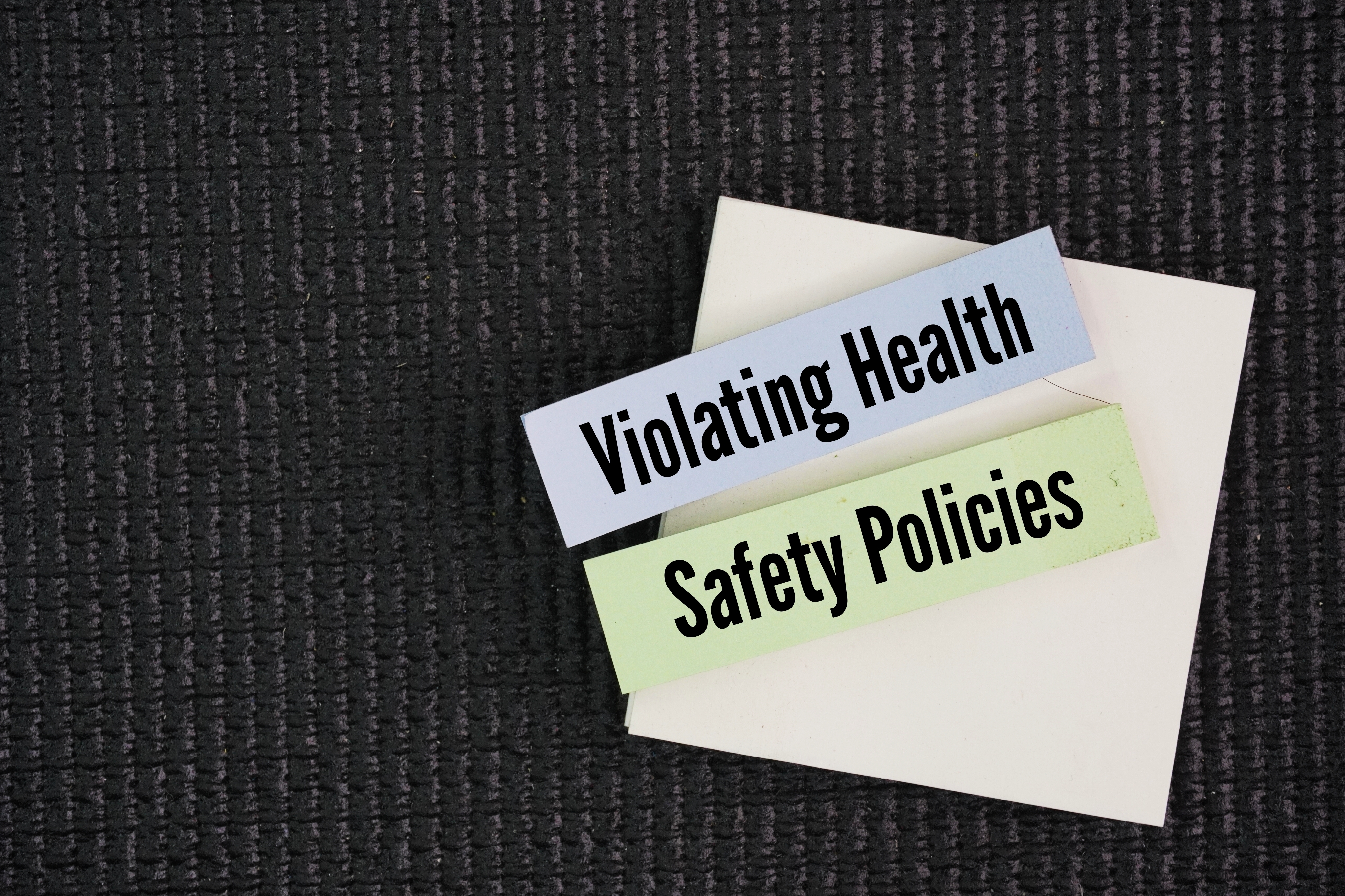Understanding the Proposed Revisions to CRCPD Part N
Introduction
Technologically Enhanced Naturally Occurring Radioactive Material (TENORM) has become a focal point in radiation protection due to its prevalence in various industries, including oil and gas, water treatment, and mining. Recognizing the need for updated regulatory frameworks, the Conference of Radiation Control Program Directors (CRCPD) has proposed significant revisions to Part N of its Suggested State Regulations for the Control of Radiation (SSRCR). These proposed changes aim to modernize TENORM regulation, ensuring enhanced safety and consistency across states. This article will help you with navigating the future of TENORM regulations and its updates.
Understanding TENORM and Its Significance
TENORM refers to naturally occurring radioactive materials whose concentrations have been increased by human activities. Unlike uranium or thorium regulated under the Atomic Energy Act, TENORM includes radionuclides like radium-226, radium-228, and lead-210, commonly found in oil and gas exploration, phosphate fertilizer production, geothermal energy, and water treatment sludge. As human activity concentrates these materials, radiation exposure risks increase—making regulatory oversight essential.
With increased industrial activity and heightened environmental awareness, TENORM’s presence in soil, piping, filters, and sludges has prompted state and federal agencies to evaluate how best to ensure public health and environmental protection without unduly burdening industry.
Governing Organizations and Legal Frameworks
The regulation of TENORM falls into a complex network of responsibilities shared among several agencies:
- CRCPD (Conference of Radiation Control Program Directors): Develops Suggested State Regulations (SSRs) to guide states in creating consistent radiation control laws.
- NRC (U.S. Nuclear Regulatory Commission): Has limited jurisdiction over NORM/TENORM unless it meets definitions under the Atomic Energy Act.
- EPA (Environmental Protection Agency): Provides general guidance on TENORM, particularly under Superfund (CERCLA) and Safe Drinking Water Act provisions.
- DOE (Department of Energy): Sets dose-based cleanup standards for decommissioned sites, often influencing TENORM decontamination.
- State Radiation Programs: Most states regulate TENORM directly, often referencing or adopting CRCPD SSRs.
Together, these organizations shape the legal environment in which Part N operates. States frequently look to the CRCPD’s SSRs for harmonized standards that accommodate local conditions.
Current Regulatory Landscape: CRCPD Part N (2004)
The original Part N, published in 2004, marked the first structured effort to help states regulate TENORM consistently. It was developed in response to increasing concern over radiation exposure from enhanced natural materials.
Key aspects include:
- Scope: Applies to possession, use, processing, manufacture, distribution, transfer, and disposal of TENORM and products containing it.
- Exemptions: Materials under certain concentration thresholds (e.g., radium-226 and -228) could be exempted from licensing.
- Public Dose Limit: Set at 1 millisievert/year (100 millirem/year), in line with recommendations from the International Commission on Radiological Protection (ICRP).
- Worker Dose Limit: Defaulted to standards set in SSR Parts D and J.
- Release Criteria: Broad criteria for unrestricted use of materials and equipment, often relying on surface contamination levels.
However, evolving industry practices and scientific understanding have revealed shortcomings in the 2004 guidance—especially its reliance on activity concentration rather than dose-based assessments.
Proposed Revisions to Part N: A Modernized Approach
The CRCPD’s proposed revisions, open for comment until May 31, 2025, aim to provide clearer, more risk-informed, and flexible guidance to the states.
- Expanded Scope and Clarified Definitions
- The scope now clearly applies to entities managing TENORM throughout its lifecycle—from extraction and processing to disposal.
- Enhanced definitions clarify terms such as “conditional release,” “unrestricted use,” and “beneficial to the product,” to reduce interpretive ambiguity.
- Updated Exemption Criteria
- Exemptions are no longer solely concentration-based. Instead, regulators are encouraged to consider total effective dose equivalent (TEDE) assessments to grant waivers where radiation risks are demonstrably low.
- Includes specific exemptions for materials spread on land (like sludge or water treatment byproducts) if exposures remain below the public dose limit.
- Alignment with Other Regulatory Parts
- Aligns Part N’s dose calculations and protection limits with those in Part D (radiation protection standards for public exposure) and Part J (worker protection).
- Removes inconsistencies in calculating dose, especially for radon and decay chain progeny.
- Enhanced Criteria for Unrestricted Use and Conditional Release
- Unrestricted use now requires surface contamination measurements to meet average and maximum thresholds (e.g., 5,000 dpm/100 cm^2 beta-gamma average).
- For conditional releases, additional labeling and tracking may be required to prevent improper reuse of contaminated materials.
- Radiation Safety Officer (RSO) Provisions
- The revised draft proposes mandatory designation of a qualified RSO for licensed operations.
- The RSO must ensure compliance, manage training, oversee monitoring programs, and serve as liaison with regulators.
Comparison: Current vs. Proposed Regulations
| Regulatory Area | Current Part N (2004) | Proposed Revisions (2025) |
|---|---|---|
| Scope | Core TENORM activities. | Broad inclusion of lifecycle and product-related handling. |
| Definitions | General terms. | Clear, expanded, and risk-aligned definitions. |
| Exemptions | Based on activity concentration (e.g., pCi/g). | Based on dose impact (e.g., <100 mrem/year TEDE). |
| Public Dose Limits | 1 mSv/year TEDE. | Reinforced with improved guidance on calculation. |
| Worker Protection | Parts D & J referenced. | Greater alignment, clearer responsibilities. |
| Site/Equipment Release | Generic surface contamination limits. | Measurable contamination standards; labeled conditional releases. |
| RSO Requirements | Not included. | Explicit duties, training, and enforcement provisions. |
Implications for State Programs and Industry
The proposed rule changes will impact stakeholders across the board:
- Regulators: Must update state codes to reflect the expanded scope and new exemption criteria.
- Licensees/Industry Operators: Will need to adjust monitoring, licensing, and training programs to meet dose-based assessments.
- RSOs and Radiation Safety Personnel: Will take on expanded roles with defined responsibilities and oversight authority.
- Consultants and Engineers: Will play a key role in performing TEDE calculations, designing decontamination strategies, and navigating conditional use requirements.
Environmental and Public Health Benefits
By moving from concentration-based to dose-based standards, regulators can better tailor decisions to actual exposure risk. This shift improves:
- Environmental Justice: Protects sensitive populations who may live near disposal or remediation sites.
- Scientific Rigor: Aligns with international best practices like ICRP recommendations.
- Operational Flexibility: Allows for justified exemptions where health risks are minimal.
Next Steps: How to Participate in the Rulemaking Process
Stakeholders have until May 31, 2025, to provide public comments on the proposed changes to Part N. These comments can:
- Clarify potential implementation issues.
- Recommend adjustments to RSO requirements or dose modeling assumptions.
- Provide case studies or data supporting more flexible or stricter interpretations.
Visit the official CRCPD Proposed Rulemaking Page to download the proposed Part N document and submit feedback.
Conclusion
The 2025 proposed revisions to CRCPD Part N mark a critical step in bringing TENORM regulation into alignment with modern science and industry practices. These updates are designed to provide regulatory clarity, improve public health protections, and offer states more flexibility in enforcing consistent safety standards.
As industries evolve and new uses for natural resources continue to grow, thoughtful regulation of TENORM will be vital. Stakeholders are urged to take part in the comment process and help shape a final version of Part N that supports innovation, safety, and sustainability.
For further reading and comment submission: CRCPD SSRCR Part N Proposed Revisions (PDF).



0 Comments